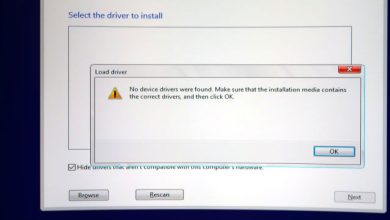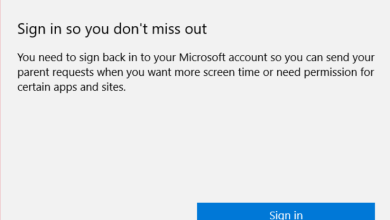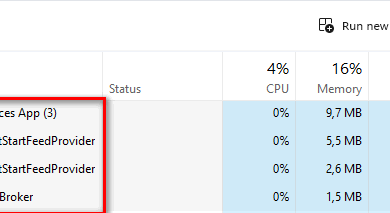How to Enable or Disable ‘Find My Device’ in Windows 10?
Find my device in Windows is a feature that helps you locate your Windows 10 device. If the device is lost or stolen, this can help the users to locate their device. A Microsoft account and location are required for this feature to work. When users install a fresh Windows 10 on their system, they will get an option for enabling this feature for their computer. However, users can also enable or disable this feature after the installation. In this article, we will show you different methods through which you can enable or disable Find my device in Windows 10.
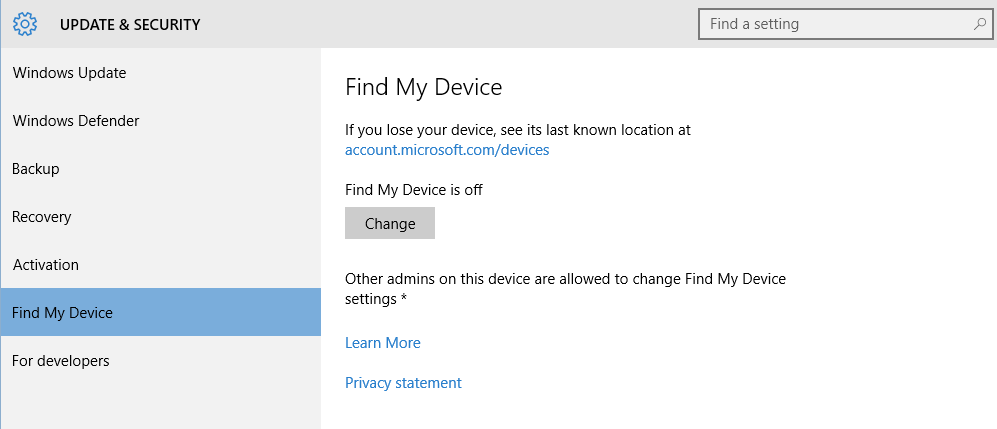
How to Enable or Disable ‘Find My Device’
There are several methods in Windows 10 through which users can enable or disable the Find my device feature. Most common and default ones can be done through the Windows Settings app. The user just needs to navigate to settings and click on it to enable or disable it. Other methods are through the Local Group Policy Editor or through the Registry Editor. The location should be enabled on your system and you must be login into your Microsoft account to make this feature work.
Method 1: Enabling or Disabling ‘Find My Device’ through Windows Settings
Windows Settings app is a component of Microsoft Windows that can be used to modify the different types of settings for your computer. This is similar to the old control panel but much easier to access and use. You can enable the Find my device feature through Windows Settings in just a few steps.
- Click on the Start button in the taskbar and click on the Settings icon. You can also just press Windows + I key to open the Settings.
- Click on the Update & Security settings.
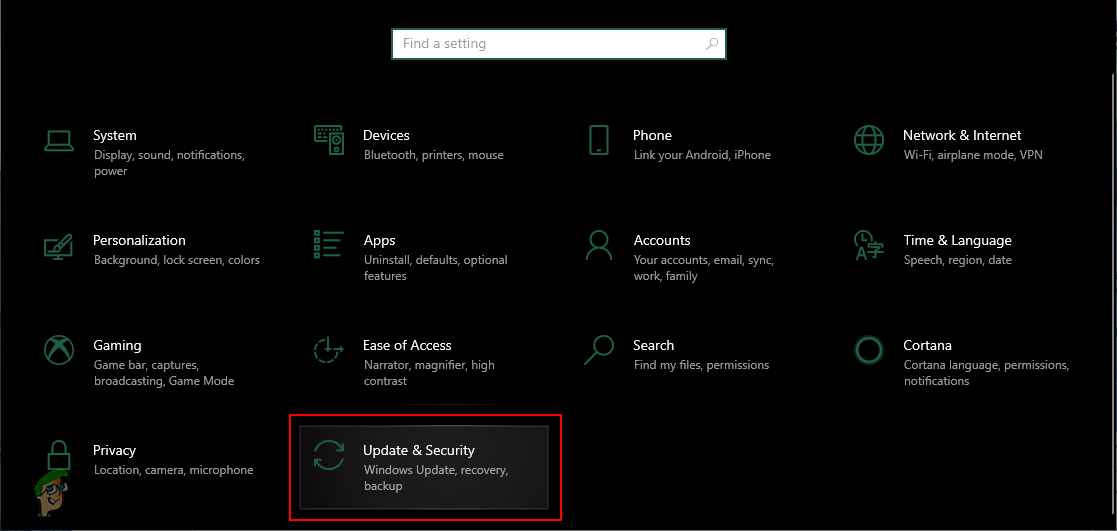
Opening Updates & Security settings - On the left pane, click on Find my device and then click on the Change button.
Note: If the change button is greyed out, then click on the Turn on the location setting. You must enable location and sign in to Microsoft Account before enabling the Find my device feature.
Clicking on the Change button for Find My Device - Change the toggle from Off to On. This will enable the Find my device on your system.
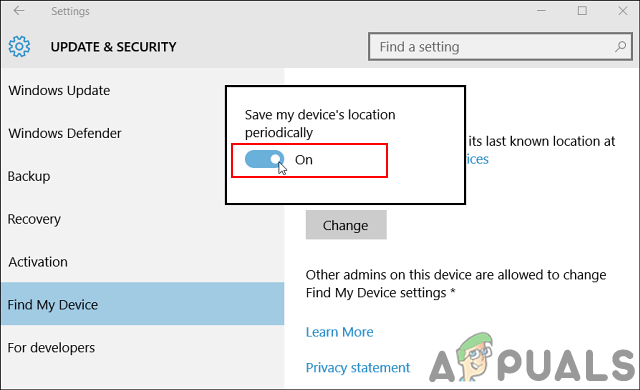
Enabling Find My Device - To disable the Find my device on your system, just switch the toggle back from On to Off.
Method 2: Enabling or Disabling ‘Find My Device’ through Local Group Policy Editor
The Local Group Policy Editor can be used to control the working environment of the computer. There is also a policy for this specific setting in the Local Group Policy Editor. It also provides additional information about what the policy is about.
If you’re using a Windows 10 Home Edition, then skip this method and try the Registry Editor method.
However, if you have the Local Group Policy Editor on your system, then follow the below steps:
- Hold the Windows key and press R to open a Run dialog. Now type “gpedit.msc” and press Enter to open the Local Group Policy Editor.
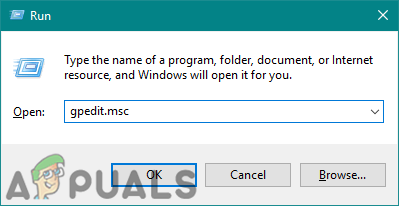
Opening Local Group Policy Editor - Navigate to the following policy in the Local Group Policy Editor:
Computer Configuration\Administrative Templates\Windows Components\Find My Device

Navigating to setting - Double-click on the setting named “Turn On/Off Find My Device“. Switch the toggle from Not Configured to Enabled. After changing the toggle, click on Apply/Ok to save the changes. This will enable the Find my device feature.

Enabling Find My Device - To disable the Find my device feature, change the toggle option from Not Configured to Disabled option.
Method 3: Enabling or Disabling ‘Find My Device’ through Registry Editor
The registry Editor method is an alternative to the Local Group Policy Editor method. The Registry Editor can be found in all versions of the Windows 10 operating system. However, some of the settings by default will not be available in the Registry Editor. Users need to create the key and values manually for that setting to make it work. Follow the below steps to try it out:
- Press the Windows and R keys together to open a Run dialog. Then type “regedit” and press the Enter key to open the Registry Editor. Choose the Yes option for UAC (User Account Control) prompt.
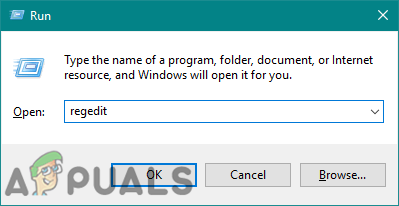
Opening the Registry Editor - Navigate to the following key in the Registry Editor:
HKEY_LOCAL_MACHINE\SOFTWARE\Policies\Microsoft\FindMyDevice
- Create the missing “FindMyDevice” key by right-clicking on the Windows key and choosing the New > Key option.

Creating missing key - In the FindMyDevice key, right-click on the right pane and choose New > DWORD (32-bit) Value. Name the new value as “AllowFindMyDevice“.
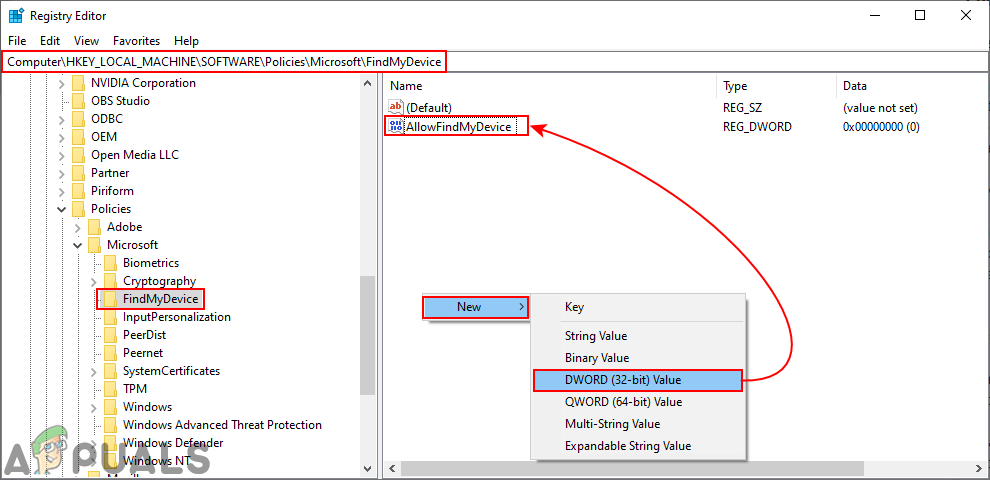
Creating a new value - Double-click on the newly created value and set the value data to 1. This will enable the Find my device feature.
Note: Value data 1 is for enabling and value data 0 is for disabling.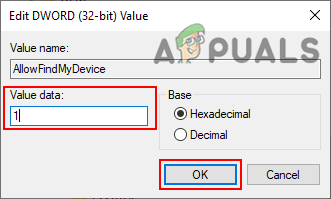
Enabling the value - To disable Find my device, just set the value data to 0 or delete the value.
Additional: Turn On or Off ‘Find My Device’ through Registry Editor
The Registry Editor method above may not work if your location is not enabled for the Find my device feature. This method will enable the location for the Find my device feature. Users can also create value for the location and then enable it. This method is only required if the location on your system is disabled.
- Press the Windows + R keys together to open a Run dialog. Type “regedit” and press Enter to open the Registry Editor. For UAC (User Account Control) prompt, choose the Yes option.

Opening the Registry Editor - In the Registry Editor, navigate to the following location:
HKEY_LOCAL_MACHINE\SOFTWARE\Microsoft\Settings\FindMyDevice
- If the key is missing, then just create it by right-click and choosing New > Key. Name it as FindMyDevice.
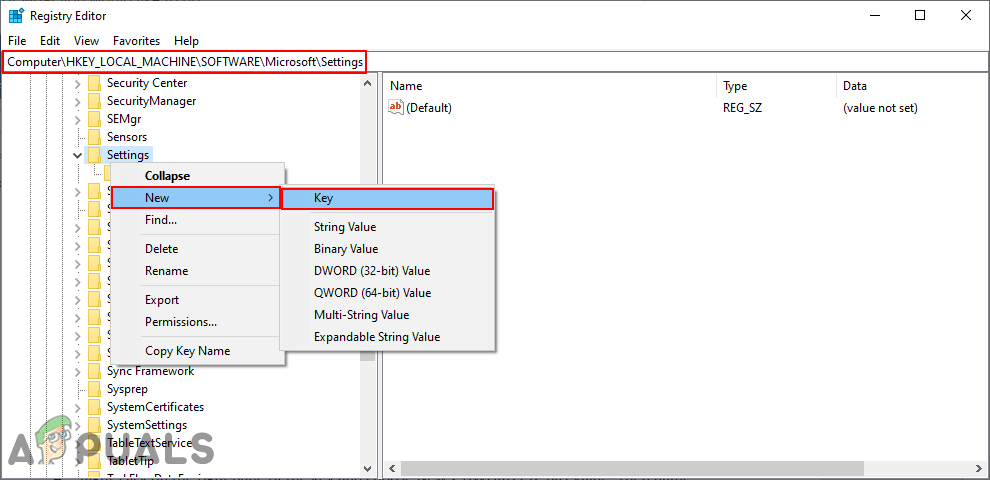
Creating the missing key - Right-click on the right pane of the key and choose New > DWORD (32-bit) Value. Then name the value as LocationSyncEnabled.

Creating the new value - Double-click on it and set the value data to 1.
Note: 1 is for On and 0 is for Off option.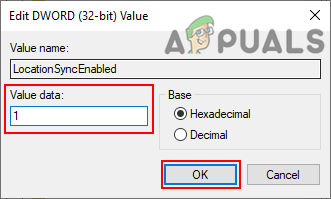
Enabling value - This will enable the location for the Find my device feature.

